Guided Reading offers students intentional reading instruction with texts that are just a little too hard. As a teacher, we coach and scaffold our readers all while pushing them forward in their reading routines.
Since Guided Reading often means planning for 3-6 groups a week (many groups reading 2+ texts a week), I know the planning and preparing can be overwhelming. I receive *a lot* of questions about how I plan for guided reading making the process as streamlined and efficient as possible.
Honestly, I don’t use or create my own Guided Reading products. Using texts from Learning A-Z and $1 books from Scholastic, I follow Jan Richardson’s Guided Reading plan and LOVE it. It is based out of Fountas & Pinnell’s reading research and takes all the guesswork out of my groups. With Jan’s plan, I am able to create a familiar routine to follow without spending a million hours planning each week.
Using Jan’s book “The Next Step Forward in Guided Reading” to guide my instruction, sight word lists, weekly guided reading skills, etc. It’s definitely an investment BUT it’s so much better than trying to collect resources each week! As I have shared about this book on Facebook and Instagram, I field lots of questions. So, I wanted to pool them all in one place as you decide if this resource is something that might work for you and your classroom!
Throughout the post, you’ll find Amazon Affiliate links, which means Amazon tosses a few nickels my way if you purchase something through that link, at no extra cost to you, that helps to keep my corner of cyber-space running and helps fund giveaways!
How is the book organized? Any tips for navigating it or is it pretty straightforward?
Regardless of what grade you teach and the level of texts your readers are using, I would encourage all teachers to read the Introduction and Chapter 1. The Introduction (p. 7-12) talks about the layout of the book, as well as, the Assess/Decide/Guide framework for guided reading. Chapter 1 (p. 13 – 25) covers what guided reading is, what the first 6 weeks looks like, and offers a Guided Reading Q&A. I also encourage all readers to check-out the online resources (even just briefly) to see what’s available.
From there, I would briefly skim (or read) the sections of the book that match the readers in your classroom. The text is organized by level of reader: Pre-A, Emergent (A-C), Early (D-I), Transitional (J-P), and Fluent (N+). Then, you can pull prompts, strategies, and ideas as you need them while planning throughout the year.
I also suggest checking out the comprehension modules (p. 255-286) in the back of the text. They are single-page mini-lessons for the 12 most important comprehension skills, and are phenomenal. They include a brief summary, whole-group lesson idea, guided writing idea, scaffolding tips. These modules are perfect for your whole-group reading mini-lessons that can then be easily transferred to your small-group instruction.
The Next Step Forward in Guided Reading- What grade-levels is the book ideal for?
The book spans all ranges of readers from Pre-A to Fluent. If you teach in a Kindergarten, 1st, or 2nd grade classroom using a guided reading structure this book is for you. As a 3rd grade teacher, you still have students who would benefit from explicit instruction through a guided-reading model and believe this book would still be a good fit. With that said, I would definitely download the free sample from Amazon just to be sure it will work for you!
How do you use the book?
While the entire book is filled with awesome tidbits and resources these 4 sections are the ones that get a work-out from me.
- Lesson Plan Templates (p. 307 – 315) After years of use I have now internalized guided reading lesson structure. Jan’s templates are simple to write, perfect for fitting all 5 components of literacy into one lesson, and become second nature. These templates are in the back of the text or can be printed from the online resource bank.
- Picking Skills & Strategies (p. 289 – 299 & embedded in each section): From skills focus, what sounds are developmentally appropriate for different levels, what guided writing might look like – the skills charts embedded in each section of the text, as well as, at the end are perfect for guiding my decisions as a teacher. While listening to my readers still remains my priority and responding accordingly, these tables allow me to really target and track where we need to be. For me, they help take some of the guesswork out of guided reading.
- Comprehension Modules (p. 255-286) These 29 modules, covering the top 12 comprehension skills, are gold. Each module includes an outline of what the whole-class mini-lesson should look/sound like, how to transition the practice to guided reading, student work samples (often not always), as well as, ideas for scaffolding the skill. If you struggle to explicitly teach students comprehension skills in a tangible way, this section is for you!
- Online Videos: Are you a visual learner? Jan has a bank of videos for each stage of Guided Reading. From Pre-A to the comprehension modules see each part of the guided reading lesson. The best part? The videos are all less than 5-6 minutes (most in the 2-3 min range). Each individual part of the guided reading lesson has been broken up into a small section. That way, you can target a specific section of your small-group time. I use these videos routinely for PLCs, training student teachers, a refresh with a group I’m struggling with, and/or ideas for sharpening my practice.
I’m a ___ year teacher. Do you think this book will help me?
If you are using a guided reading structure in your classroom, yes! Even after 4+ years of doing guided reading, I still regularly refer to the text for prompting ideas, question stems, and the comprehension modules.
What’s the difference between “The Next Step in Guided Reading” and “The Next Step Forward in Guided Reading”? Would I need to purchase both books or just one?
The Next Step is the first version of the text. It’s no longer in print. While the basic components of both texts are the same, The Next Step Forward in Guided Reading (yellow) is a more streamlined (yet more specific) version. It includes more specific prompting and stems for each guided reading levels, included detailed comprehension modules, and also includes online resources and videos.
Can you use it with a published reading program, such as Journeys or Reading Street?
Meh. If you are running guided reading groups as a part of your basal reading program absolutely! If you are doing all whole-group instruction and/or following the scripted program for the leveled-readers, this resource will not be useful for you.
Is the Teacher’s Companion something worthwhile to purchase with it?
Real talk – I haven’t seen or purchased the teacher’s companion. So, if you want it, I say take a look at the Amazon preview to see if it’s a good fit for you and your instruction. But, know you don’t have to have the companion to make Guided Reading or this book work for you!
Does this book have readers or you just apply it to the readers you use? Do assessments come with the book?
This text is the framework and “filling” for your guided reading block. It talks about the theory behind guided reading, as well as, the practical what happens during a block. It does not include texts or assessments. You are able to pull any leveled text or assessment system (DRA, Fountas & Pinnell, Reading AZ) that your school requires.
What does guided reading look like in your classroom?
Great question! It looks like a kidney table with whiteboards, 4-6 students, leveled texts from Reading AZ or Scholastic Book Club, my Jan book, and a teacher. You can read the specifics about my guided reading routine in this blog post.
So friends, there you go! Do you use the Jan plan? If so, what do you love about it? How do you make it work for your classroom? Any tips or suggestions you would add to this list? I’d would LOVE to hear about them!
Get Free Teaching Resources!
Join me for weekly classroom updates and free resources that are just-right for your guided math classroom!
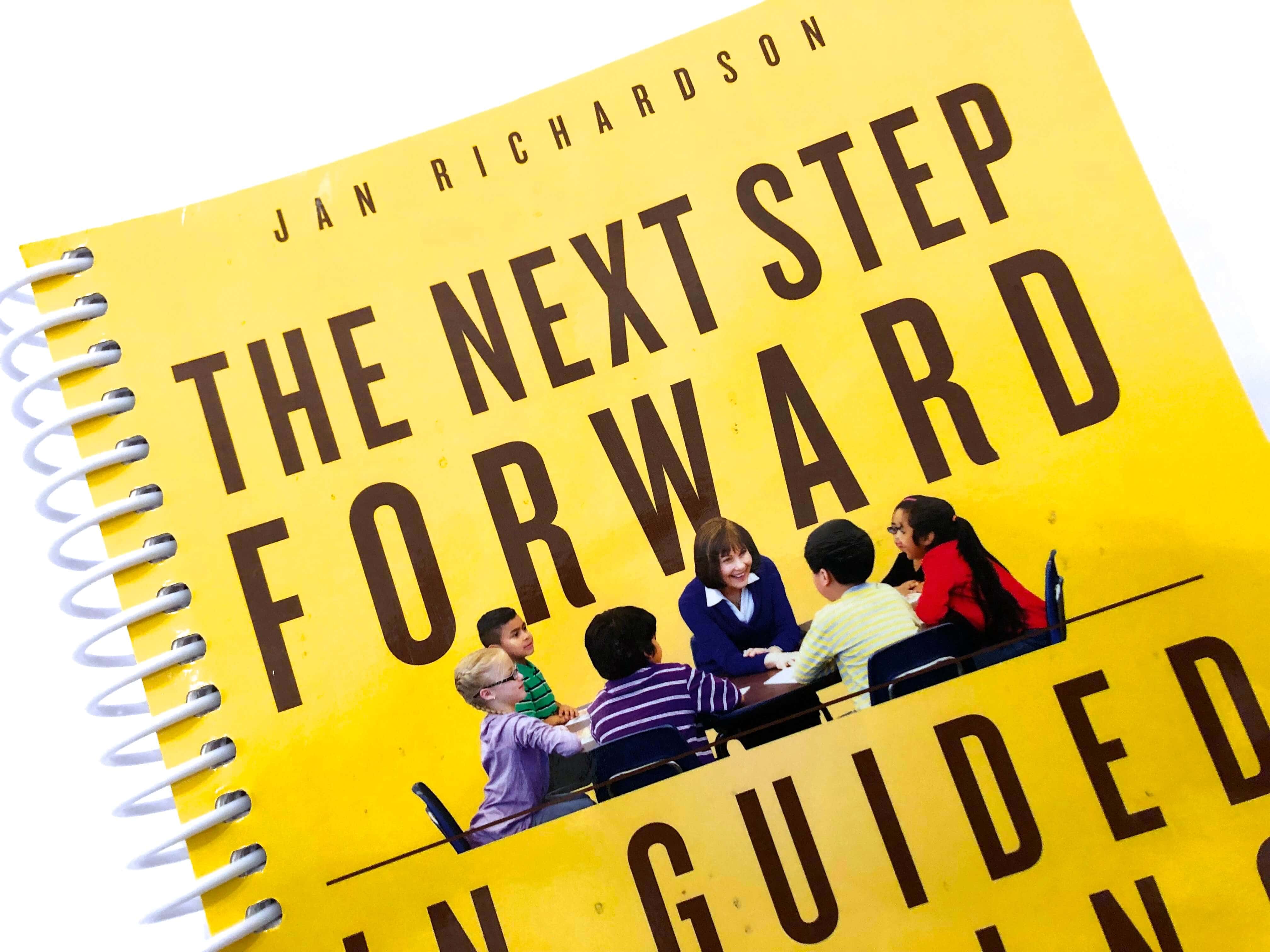
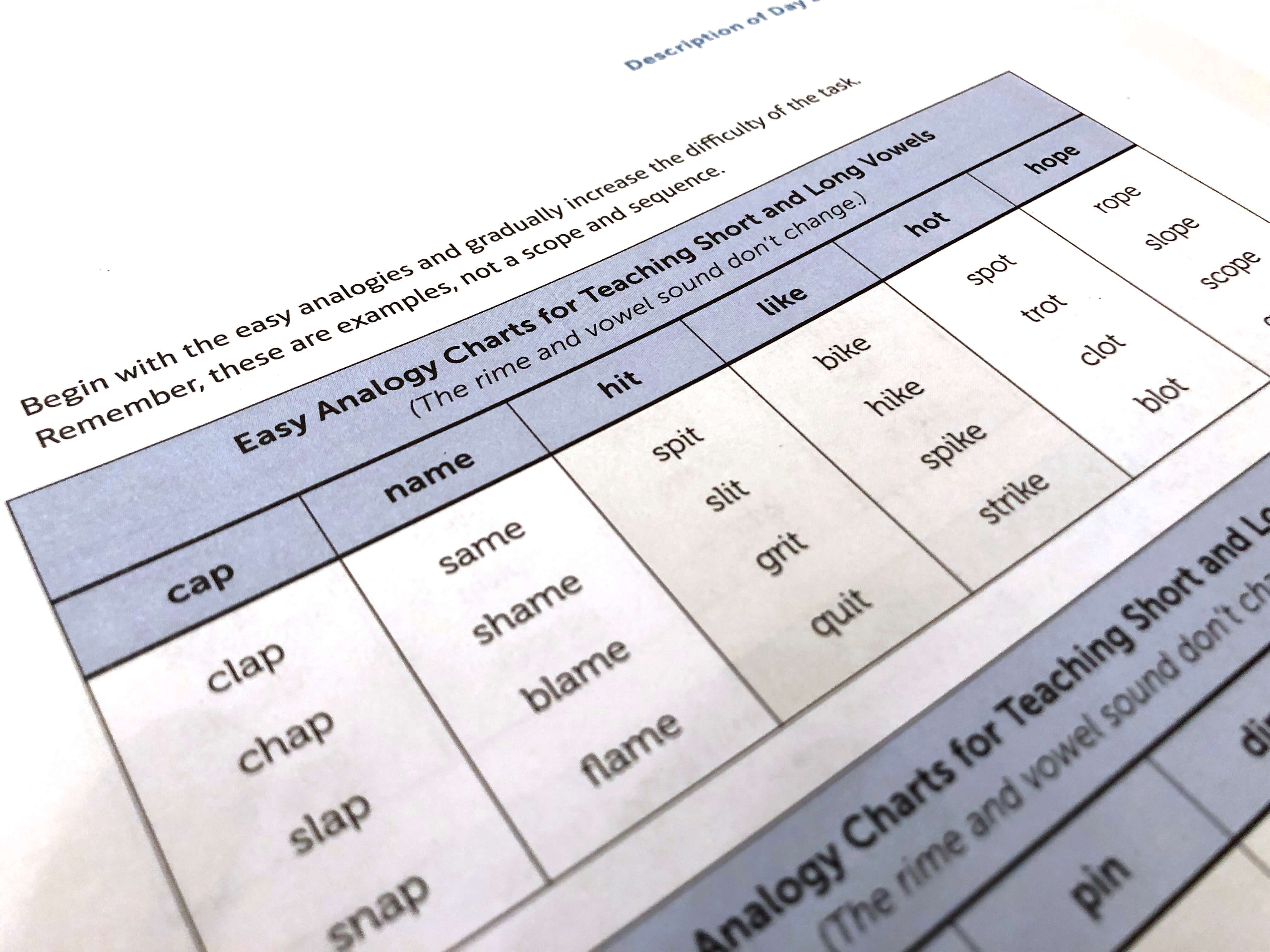
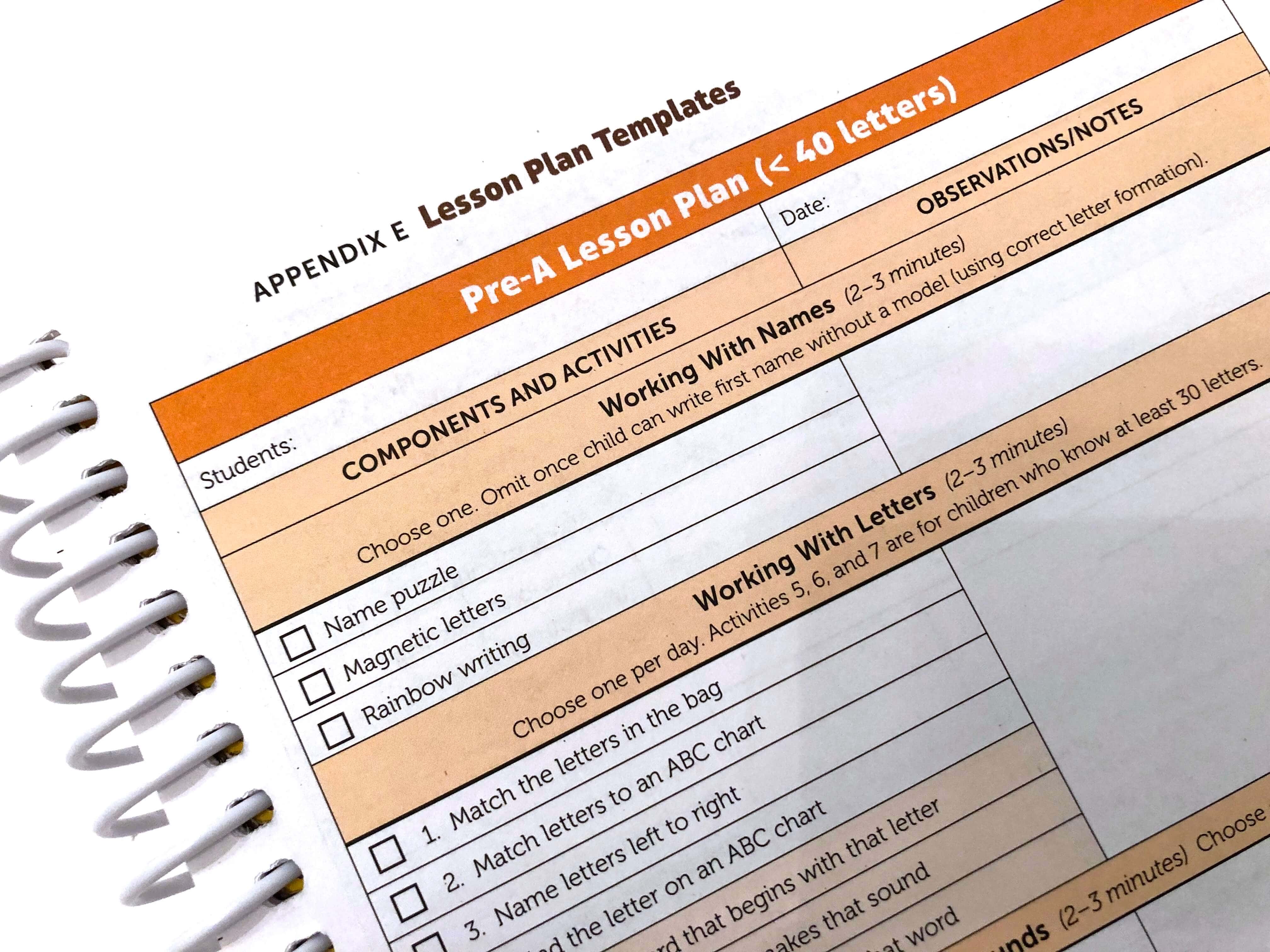
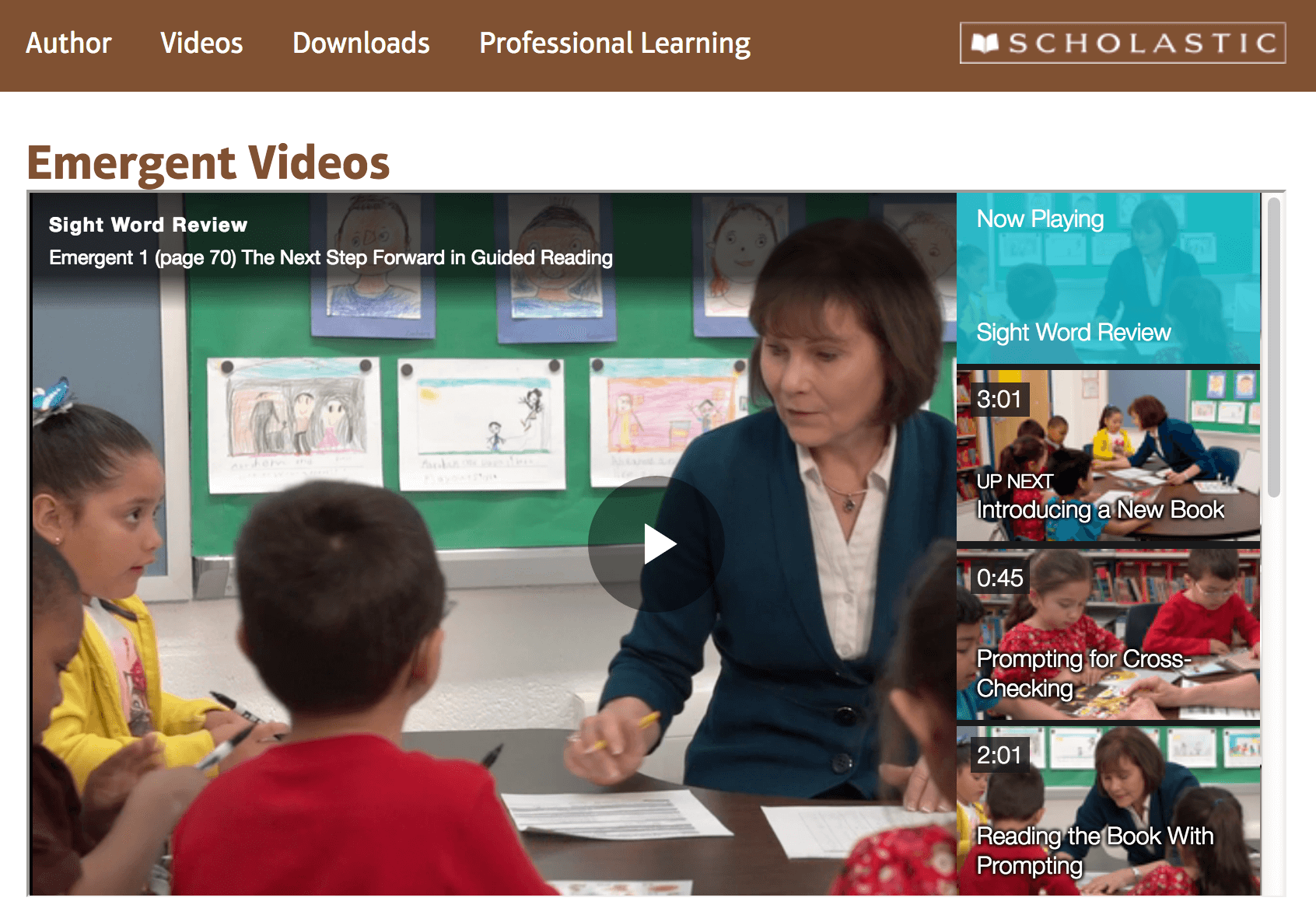
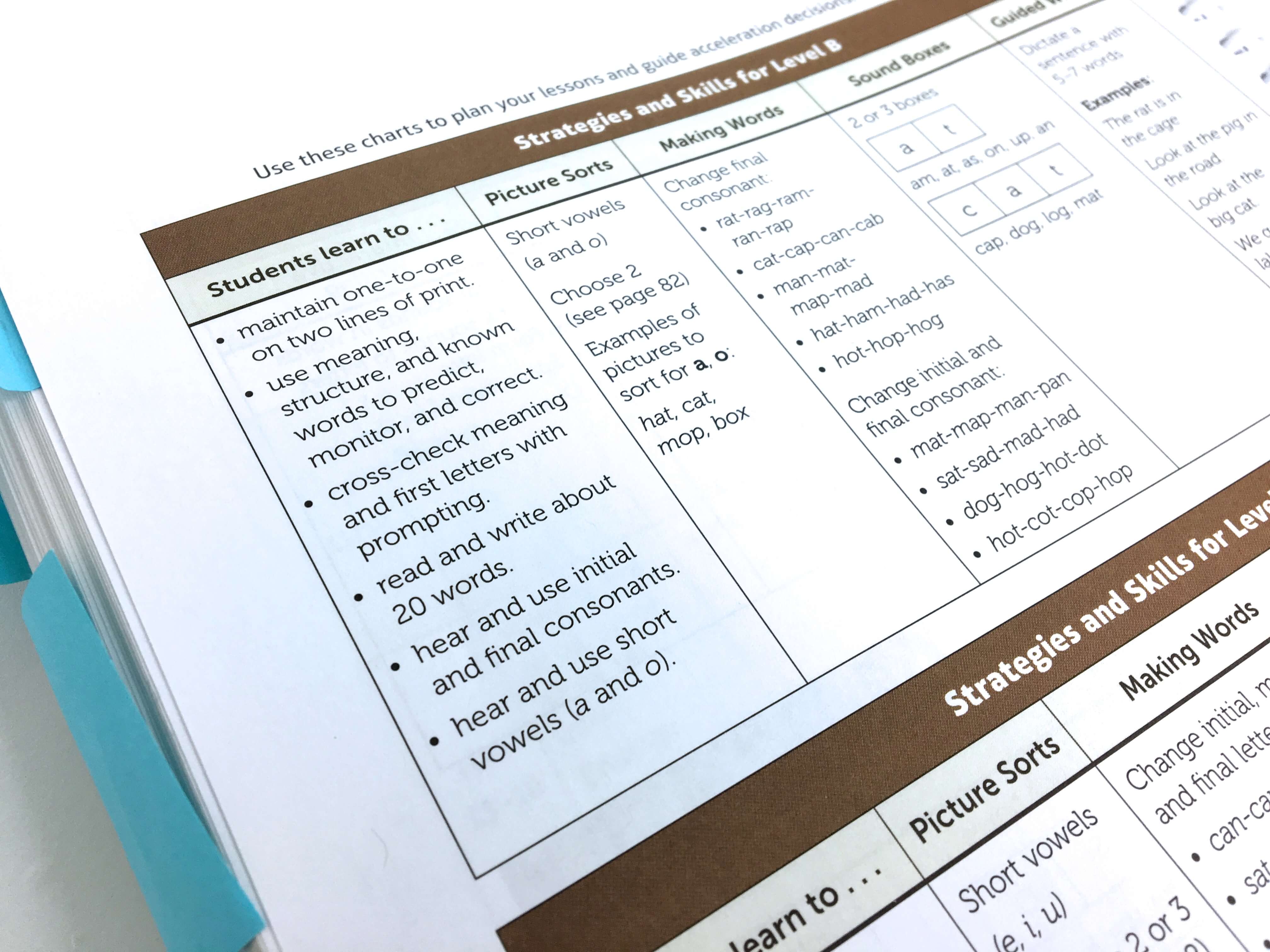
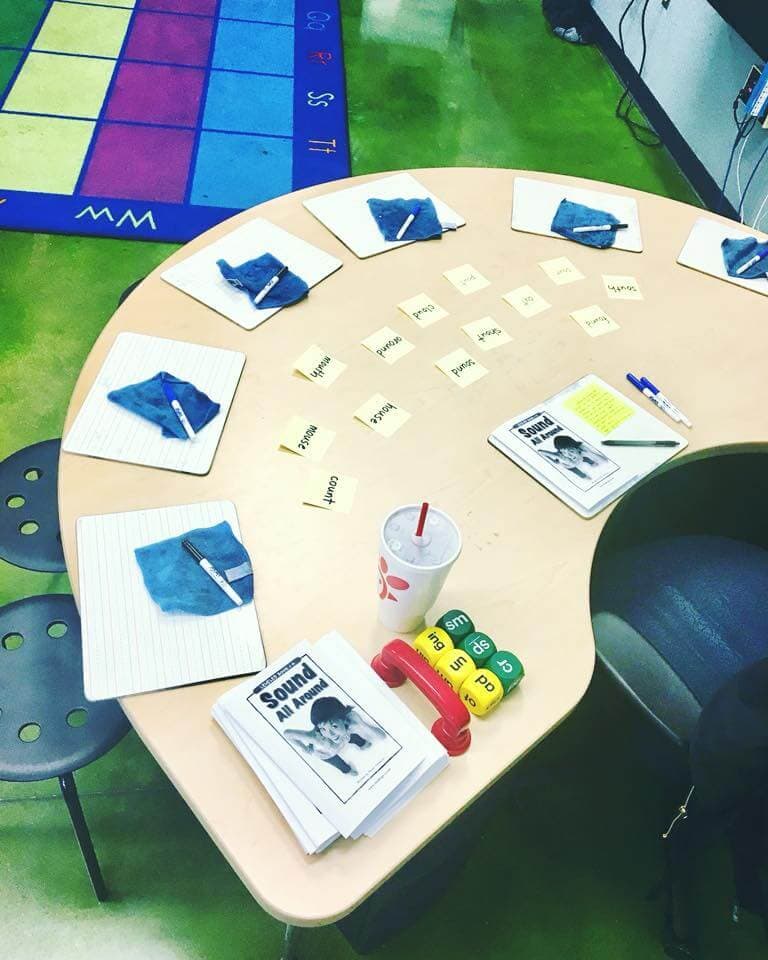
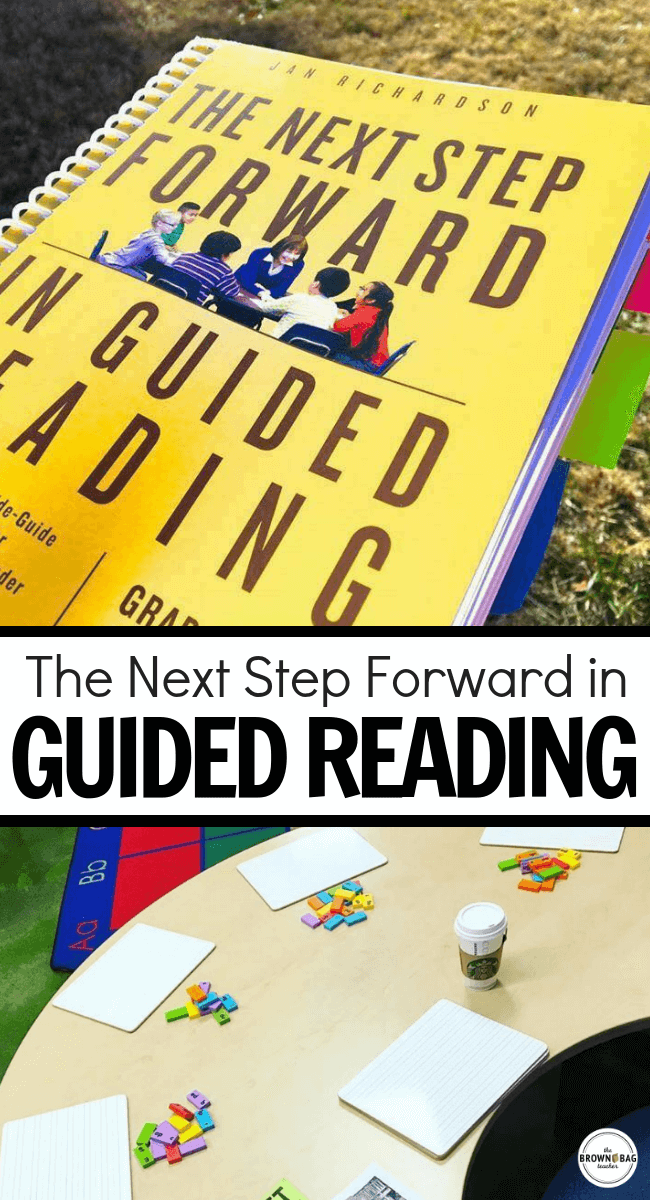

I read in that the links to the videos, and templates are no longer active. Any idea if this is true? I’m in Canada and the book is $70 – so I want to get as much out of it as I can 🙂
Not true…at all. I log in weekly to download and watch. Just logged on to confirm and everything is good to go! 🙂
Thank you for continuing to write long-form blog posts. This was helpful and prompted me to brush off my Jan Richardson book. Your work is appreciated.
Where do I find the links to the videos and printable lesson plans? I have the book, but I do not see the link to this.
http://www.scholastic.com/nsfresources/
Thank you for your recommendations! I don’t make my own plans either, but use proven plans. Just because I’m sure I can’t come up with anything better than what is already effectively applied.
Do these books incorporate strategies based on The Science of Reading or the 3 Cueing Reading system?
Thanks!
– Tara
I stumbled upon this interesting article about promoting reading in high schools. As a avid reader myself, I truly believe that such initiatives can inspire students to develop a love for books and reading. Speaking of which, I recently read “Fahrenheit 451” and was blown away by the book’s powerful message about the dangers of censorship and the importance of preserving knowledge. However, I must admit that analyzing literature has never been my strongest suit, so I decided to seek some help and ordered an essay on https://edubirdie.com/examples/fahrenheit-451/ to submit for my assignment on the book. Nonetheless, I still encourage everyone to pick up a copy of “Fahrenheit 451” and experience the profound impact it can have on one’s perspective about the world.
I stumbled upon this interesting article about promoting reading in high schools. As an avid reader myself, I truly believe that such initiatives can inspire students to develop a love for books and reading. Speaking of which, I recently read “Fahrenheit 451” and was blown away by the book’s powerful message about the dangers of censorship and the importance of preserving knowledge. However, I must admit that analyzing literature has never been my strongest suit, so I decided to seek some help and ordered an essay on https://edubirdie.com/examples/fahrenheit-451/ to submit for my assignment on the book. Nonetheless, I still encourage everyone to pick up a copy of “Fahrenheit 451” and experience the profound impact it can have on one’s perspective about the world.
Thanks!
I stumbled upon this interesting article about promoting reading in high schools. As an avid reader myself, I truly believe that such initiatives can inspire students to develop a love for books and reading. Speaking of which, I recently read “Fahrenheit 451” and was blown away by the book’s powerful message about the dangers of censorship and the importance of preserving knowledge. However, I must admit that analyzing literature has never been my strongest suit, so I decided to seek some help and ordered a text work on https://edubirdie.com/examples/fahrenheit-451/ to submit for my assignment on the book. Nonetheless, I still encourage everyone to pick up a copy of “Fahrenheit 451” and experience the profound impact it can have on one’s perspective about the world.
An essay is a written piece of work that presents a focused https://essaywriter.org/buy-college-term-papers argument or explores a specific topic. It allows the writer to express their thoughts, ideas, and analysis in a structured and coherent manner. Essays can be academic, creative, persuasive, or informative, and they play a crucial role in education, research, and communication. Through essays, individuals can engage in critical thinking, develop their writing skills, and contribute to the broader discourse on a particular subject.
Recognizing and accommodating the diverse needs of students within a guided reading framework. Teachers may tailor instruction based on individual students’ strengths, weaknesses, Uno Online and learning styles.
Thanks for https://casino358.com/
Investing in Luxury Living with Quartz
was one of the best decisions I’ve made for my home. Not only do they enhance the exterior with their distinguished design, but they also flood the interiors with natural light, creating a warm and inviting atmosphere.
What a great article! It’s interesting to see how five nights at freddy’s has tackled mature themes like child endangerment and psychological trauma in a way that resonates with adult audiences.
Essay writing is a nuanced skill that demands a strategic approach. Start by analyzing the prompt and identifying the central argument. Research extensively to gather credible evidence and diverse perspectives. Structure your essay with a compelling phd proposal writing service introduction, well-developed body paragraphs, and a concise conclusion that reinforces your thesis. Use persuasive language and logical reasoning to sway your audience. Don’t shy away from addressing counterarguments to strengthen your position. Revise diligently, focusing on clarity, coherence, and grammar. Remember, mastering the art of essay writing empowers you to articulate your thoughts effectively and persuasively.
Your practical experience with Jan Richardsons book shines through in your comment. It is helpful to hear how the Lesson Plan Templates Skills & Strategies and Comprehension Modules are actively used in your classroom providing a clear picture of the books application in guided reading instruction.
Carbon Steel Fabrication Experts in Beverly Hills
Essays are more than just words on paper; they’re pathways to expression and exploration. Crafting an effective essay requires a blend of creativity, research, and structure. From brainstorming ideas to constructing writing personal statements for residency compelling arguments, each step plays a vital role in conveying your message. Revision and editing polish your prose, ensuring clarity and coherence. Whether for academic pursuits or personal reflection, essays empower individuals to articulate ideas, challenge perspectives, and contribute meaningfully to discourse.
Embarking on your academic journey can be daunting, but fret not! Our assignment writing https://essayshark.com/ service is your trusted companion in this quest for excellence. Backed by a team of proficient writers, we ensure every project is crafted to perfection, meeting your unique specifications with precision. From essays to dissertations, our expertise spans across diverse subjects, guaranteeing top-notch quality and timely delivery. Say goodbye to academic stress and embrace the confidence of submitting impeccably crafted assignments. Let us pave the path to success together, empowering you to achieve your academic goals effortlessly. Trust in our expertise and elevate your academic experience today!
I also just bought this book a few days ago. I also recommended a few of my friends to read it because they found it very useful.
connections
Experience an unforgettable getaway with our selection of budget-friendly accommodations in Naran Valley. Discover the perfect balance of affordability and comfort as you explore the valley's serene landscapes. Our cheap hotels in naran valley are tailored to suit your needs, ensuring a memorable stay without breaking the bank. Soak in the beauty of nature without worrying about your budget, allowing you to fully enjoy every moment of your adventure in this picturesque destination.
I’ve been exploring different ways to improve my approach to guided reading, and resources like this are invaluable! For those who also need help with academic writing or research, Exclusive-paper offers excellent support for creating high-quality papers. It’s a great resource when time is tight, and you want to ensure your writing is top-notch
Mahadev Book Thanks for the useful information which you shared through out your blog.
Cricket 99 Thanks for the useful information which you shared through out your blog
Experience the thrill of IPL 2025 betting with Reddy Anna Book, your trusted platform for high odds, real-time updates, and secure transactions. Whether you’re a seasoned bettor or a beginner, we offer expert insights, live match predictions, and seamless betting options to maximize your winnings. Join now and bet confidently on your favorite IPL teams with fast payouts and top-notch security. Win big today with Reddy Anna Book!
11xplay Login: Access your 11xplay account securely and enjoy seamless online gaming, sports betting, and live entertainment. Manage your profile, place bets, and experience real-time gaming excitement with ease. New users can register quickly to unlock exclusive bonuses and a wide range of betting options. With a user-friendly interface and 24/7 customer support, 11xplay offers the ultimate gaming experience. Sign in now and elevate your betting journey with reliable, fast, and secure access anytime, anywhere!
Gold365 has quickly established itself as a standout platform in the online gaming industry. The range of games options available, user experience, security measures, and overall value to help you decide if it’s the right choice for your gaming needs.
99 exchange has quickly established itself as a standout platform in the online gaming industry. The range of games options available, user experience, security measures, and overall value to help you decide if it’s the right choice for your gaming needs.
Allpaanel ID gives you instant access to sports betting, live options games, and eSports with fast withdrawals, secure transactions, and exciting bonuses. Sign up today and start winning! 🎰⚽💰
Gold365 is a premier online gaming platform offering fantasy sports, online games, and secure gaming IDs. Known for its user-friendly design, advanced security, and 24/7 support, it provides a safe and immersive gaming experience. Gold365 caters to gaming enthusiasts while promoting responsible and legal gaming practices.
Mahadev Book ID is an online betting platform that provides users with access to sports betting, online games, and other games activities. It offers a secure and user-friendly interface for placing bets on various sports and live games. Users can create an account, deposit funds, and start betting with ease.